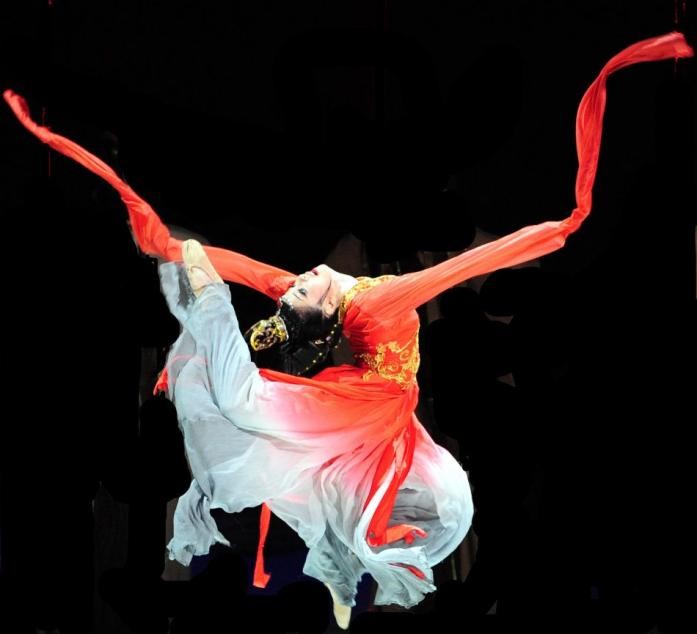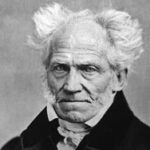By Xian Long, Huaiyin Normal University, Huai’an, Jiangsu, China
In the vast river of culture, Chinese classical dance, with its unique charm, not only demonstrates the aesthetic pursuit of the Chinese nation, but also deeply embodies the philosophical essence of Confucianism. The paper The embodiment of Confucian thought in Chinese classical dance performance, published in the journal Trans/Form/Ação (vol. 47, no. 5, 2024), through its unique perspective, delves into how the “beauty” and “virtue” in Confucianism’s “rituals and music” are perfectly integrated into Chinese classical dance, emanating a brilliant glow. It is not merely an interpretation of dance art, but also a vivid exposition of the profound connotation of Confucianism, all of which inspire one to delve deeper into its mysteries.
Certainly, it is not merely Confucianism that has historically influenced Chinese dance, but rather the entire “lifeblood” of the profound and extensive Chinese culture that imparts a unique charm to dance. Among them, literature serves as the foundation for dance research. For instance, poetry and songs provide the “form” of dance’s origin and also the basis for its development. From the perspective of dance’s origin, China’s agricultural civilization plays a pivotal role in creating primitive dance art, specifically benefiting from ancient people’s reliance on the land and observation of celestial phenomena.
On the other hand, the agricultural civilization also contributed to the formation of Confucianism and Taoism. For example, the Taoist concept of “following the laws of nature” profoundly influenced the choreography and performance of Chinese classical dance. This pursuit of harmonious coexistence with nature is embodied in the fluency and coherence of dance movements, as well as the integration of dancers with the natural environment. When incorporated into dance, it forms the characteristics of gentle and implicit Eastern culture.
Naturally, this article delves into the impact of Confucianism on dance. As early as over two thousand years ago, the seminal work on music and dance theory, “The Record of Music,” for the first time linked music and dance, forming the theoretical framework and system of Confucian dance (Xie, 2010, p. 155).

Image: BigBigWork.
As an artistic carrier of Confucianism, Chinese classical dance is not merely a display of body rhythm and skills, but also a spiritual sustenance and cultural heritage. The author of this article dissects the core concepts of benevolence, propriety, and harmony, among others, within the context of dance. This paper provides a profound analysis of how Chinese classical dance has been influenced by Confucianism, evolving into a unique artistic system.
The author points out that Chinese classical dance is not merely a form of dance; rather, it is a vivid manifestation of Confucianism’s “people-oriented” moral philosophy. Throughout the creation, performance, and teaching of dance, Confucianism serves as an invisible thread, imbuing Chinese classical dance with profound spiritual connotations and cultural depth.
From its external form to its core philosophy, the author’s research process leads readers to delve into deep thought and unfolds a series of beautiful and harmonious images in their minds. This combined approach of art and speculation, rationality and sensibility, takes us through the evolution of Chinese classical dance in a profound yet accessible manner, showcasing how it absorbs and reflects the rich cultural heritage shaped by centuries of philosophical discourse.
The author underscores the importance of preserving this heritage while also advocating for fostering innovation to ensure the relevance of this art form in contemporary society. The integration of Confucian thought into dance is not merely a historical legacy; it is a vivid testament to the adaptability of Chinese culture. The article advocates for a continuous dialogue between tradition and modernity, proposing a method that respects the past while embracing the creative possibilities of the present.
This thought-provoking article invites readers to consider the role of cultural philosophy in shaping artistic expression, and raises questions about the balance between preservation and innovation in performing arts. By highlighting the pivotal role of Confucianism in the development of Chinese classical dance, it opens the door to further discussions on the broader influence of cultural values in art.
This paper unveils the profound connection between Confucianism and Chinese classical dance, elucidating that the expression of dance conveys the essence of inner emotions through bodily movements. Confucianism plays a significant role not only in providing value guidance but also in promoting the spiritual realm of dance (Feng, 2019, p. 13). It showcases the unique charm and boundless potential of Chinese traditional culture.
If you are intrigued by Confucian culture, Chinese classical dance, or the profound foundations of Chinese culture, then this paper is a must-read. It will transport you into a brand-new world, where you can savor the exquisite blend of Confucianism and Chinese classical dance.
References
FENG, H.C. The Expression of Dance Centered on “Benevolence” in Confucianism. Home Drama. 2019, pp. 13.
XIE, Q. The Influence of Confucianism on Han Folk Dance. Journal of Hubei Correspondence University. 2010, vol. 23, no. 4, pp. 155.
To read the article, access
LONG, X. The embodiment of Confucian thought in Chinese classical dance performance. Trans/Form/Ação: revista de filosofia da Unesp [online]. 2024, vol 47, no. 6 [viewed 03 October 2024]. https://doi.org/10.1590/0101-3173.2024.v47.n5.e02400241. Available from: https://www.scielo.br/j/trans/a/rPCC8Dt5dkbQHk3h4mmNHPf/
External links
Trans/Form/Ação – TRANS: https://www.scielo.br/trans/
Trans/Form/Ação – Journal: Instagram | Facebook | Academia.edu
Xian Long – ORCID: https://orcid.org/0000-0002-9242-3945
About Xian Long
Xian Long, Director of the Dance Drama Creation Center at the Conservatory of Music, graduated from the Classical Dance Department of Beijing Dance Academy, with a research focus on dance choreography and teaching. I have taken courses such as Chinese classical dance training and body music, and have created dance works and guided students to win gold medals multiple times in professional competitions organized by the Ministry of Education, Provincial Department of Culture, and Provincial Dancers Association. The group dance work ‘Battle Flag Liu Laozhuang’ won the 2018 Jiangsu Art Fund funding project, and the group dance work ‘Bright Sword, Car Bridge’ won the 2024 Jiangsu Art Fund funding project.
Como citar este post [ISO 690/2010]:



















Recent Comments